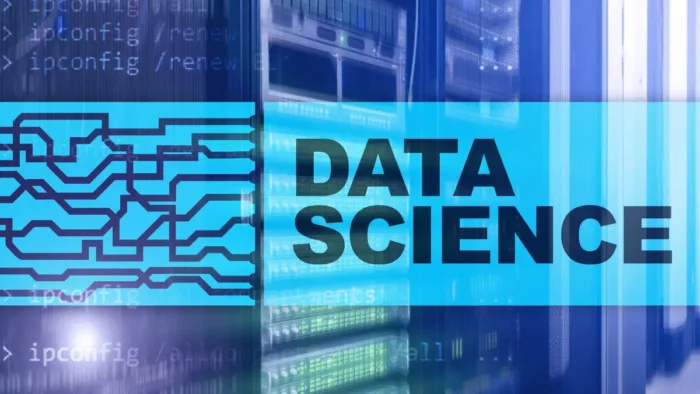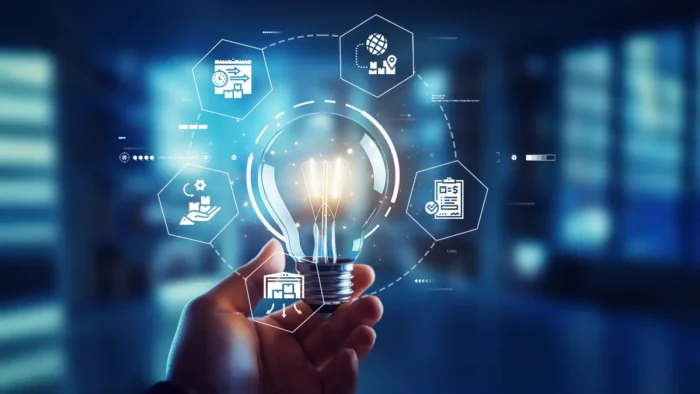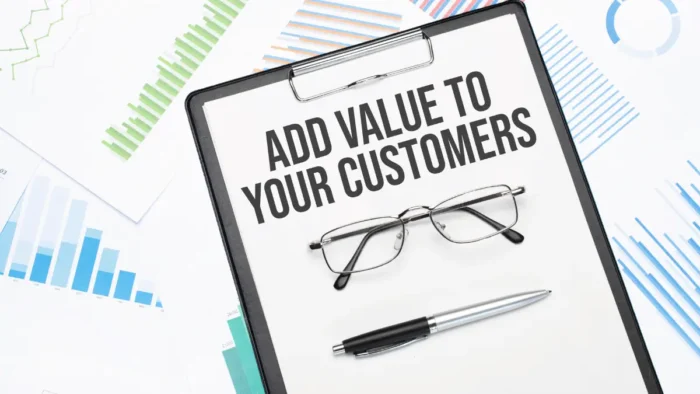The nonprofit sector plays a critical role in addressing societal challenges and advancing the common good. However, traditional approaches to measuring and improving nonprofit performance have often relied on anecdotal evidence or limited data.
In today’s data-driven world, harnessing the power of data science has become increasingly important for nonprofits to drive innovation, enhance their effectiveness, and maximize their impact.
In this article, we delve into the transformative potential of data science in the nonprofit sector. We explore how nonprofits can leverage data science techniques and tools to make informed decisions, improve program outcomes, and optimize resource allocation.
The Power of Data Science In Nonprofits
Generally, data science is a multidisciplinary field that combines statistical analysis, machine learning, data visualization, and other techniques to extract insights and knowledge from data. It involves collecting, processing, and analyzing large and complex datasets to uncover patterns, make predictions, and informed decision.
Data science in non-profits refers to the application of these techniques to nonprofit operations and programs. It enables organizations to transform raw data into actionable insights, leading to improved program outcomes, better decision making, and enhanced operational efficiency.
Benefits Of Applying Data Science In The Nonprofit Sector
Data science equips nonprofits with evidence-based insights that help them make informed decisions. It enables them to analyze data, identify trends, understand community needs, and make informed choices about resource allocation, program design, partnerships, and enhancing decision-making and strategic planning
It also allows nonprofits to measure and evaluate the impact of their programs more accurately through data analytics and modeling. Nonprofits can assess program outcomes, identify factors that contribute to success, and pinpoint areas for improvement. By understanding what works and what doesn’t, they are able to optimize their programs, demonstrate effectiveness to stakeholders, and ultimately enhance their social impact.
Another advantage of applying data science in non-profits operations is that it increases operational efficiency and resource allocation. Nonprofits can identify areas of inefficiency and implement data-driven improvements by analyzing data on organizational performance, resource utilization, and cost-efficiency. This leads to better resource allocation, reduced costs, and improved operational effectiveness.
Leveraging Data Science for Nonprofit Performance
Organizations can effectively leverage data science for nonprofit performance in many different ways, including;
Establishing robust data collection and management processes
Nonprofits should identify and prioritize the data sources that are most relevant to their goals and operations. This may include internal data, such as programmatic and financial data, and external data, such as demographic data and public datasets. This will ensure they have access to the necessary information for data-driven decision-making.
They should also ensure data quality and integrity for accurate analysis and meaningful insights and implement efficient data management systems to manage and store their data. This will help them lay the foundation for effective data science initiatives and enable them to leverage data for program evaluation and resource optimization.
Applying data analytics and modeling techniques
Once data is collected, nonprofits can apply various data analytics and modeling techniques to gain insights and improve performance. For example, they can use descriptive analytics to understand trends, patterns, and relationships and gain a comprehensive understanding of their operations, program outcomes, and community needs.
Visualizing and summarizing data through charts, graphs, and reports can help identify areas of strength and areas that require improvement.
Predictive and prescriptive analytics can also help forecast, plan, and optimize strategies and interventions. Predictive analytics uses historical data to make predictions about future outcomes, while prescriptive analytics takes predictions a step further by recommending the necessary actions to optimize strategies and interventions.
Utilizing machine learning and artificial intelligence
Machine learning (ML) and artificial intelligence (AI) techniques offer nonprofits powerful tools for data analysis and decision support. Automated data analysis and pattern recognition can automatically analyze large datasets, identify patterns, and extract insights.
Nonprofits can use these techniques to uncover hidden relationships in data, detect anomalies, or segment their target audience for personalized interventions, saving time and resources while gaining valuable insights.
ML algorithms can also help nonprofits tailor their programs and deliver personalized interventions and services by analyzing individual characteristics, preferences, and past behavior. This personalized approach can lead to more effective and impactful interventions.
Challenges and Ethical Considerations
Implementing data science in the nonprofit sector brings forth various challenges and ethical considerations that organizations must address to ensure responsible and effective use of data. Some of these challenges and considerations are:
Privacy and data protection:
Nonprofits must prioritize the privacy and protection of the data they collect. This may include complying with data protection regulations, implementing robust security measures, and ensuring appropriate data access controls. They should also clearly communicate their data collection practices and obtain informed consent from individuals whose data is being collected.
Bias and fairness in algorithms:
Data science models and algorithms can be susceptible to biases, which can perpetuate inequities or discriminate against certain groups. Nonprofits must be vigilant in identifying and mitigating biases in their data, algorithms, and decision-making processes.
Balancing qualitative and quantitative data:
While data science often emphasizes quantitative analysis, nonprofits must also recognize the value of qualitative data. Balancing qualitative insights, such as live experiences and contextual understanding, with quantitative data can provide a more comprehensive picture of the issues being addressed.
Ethical use of data:
Nonprofits must use data ethically and responsibly. This means using data solely for intended purposes, maintaining data accuracy and integrity, and ensuring transparency in data practices. They should consider the potential consequences of data analysis and be cautious about unintentional harm that may arise from data misuse.
Access to data and collaboration:
Nonprofits may face challenges in accessing relevant and high-quality data. Collaboration with other organizations, academic institutions, or government entities can help address data gaps and facilitate data sharing. Open data initiatives and partnerships can also lead to more comprehensive and meaningful analysis that benefit the broader nonprofit sector.
The Future of Data Science in Nonprofits
Data science is a rapidly evolving field, and nonprofits can expect to see ongoing advancements in techniques, tools, and methodologies. As data becomes more complex and diverse, nonprofits will need to adapt to new approaches in data analysis, machine learning, and artificial intelligence.
This includes advancements in data visualization, natural language processing, deep learning, and reinforcement learning. Staying abreast of these trends will be critical for nonprofits to leverage the full potential of data science.
Nonprofits will also increasingly explore the integration of emerging technologies into their data science initiatives. Technologies such as blockchain, the Internet of Things (IoT), and edge computing can enable more robust data collection, secure data sharing, and advanced predictive and prescriptive analytics.
For example, blockchain can enhance transparency and accountability in nonprofit transactions and supply chains, while IoT devices can provide real-time data for monitoring and evaluation purposes. Nonprofits that embrace these emerging technologies will have a competitive edge in data-driven decision-making.
The importance of data literacy and capacity building continues to grow, too. As data science becomes more prevalent in the nonprofit sector, the growing need for data literacy and capacity building increases. Nonprofit professionals will need to develop the skills and knowledge to effectively analyze, interpret, and communicate data.
Organizations should invest in training programs, workshops, and resources to enhance data literacy among their staff and stakeholders.
Conclusion
Undoubtedly, data science goes beyond numbers in the nonprofit sector. As seen in this article, it empowers organizations to make evidence-based decisions, improve their performance, and create a lasting impact on the communities they serve.
It is, therefore, imperative for nonprofits to embrace data science and leverage its potential to propel their missions forward in an increasingly data-driven era.





